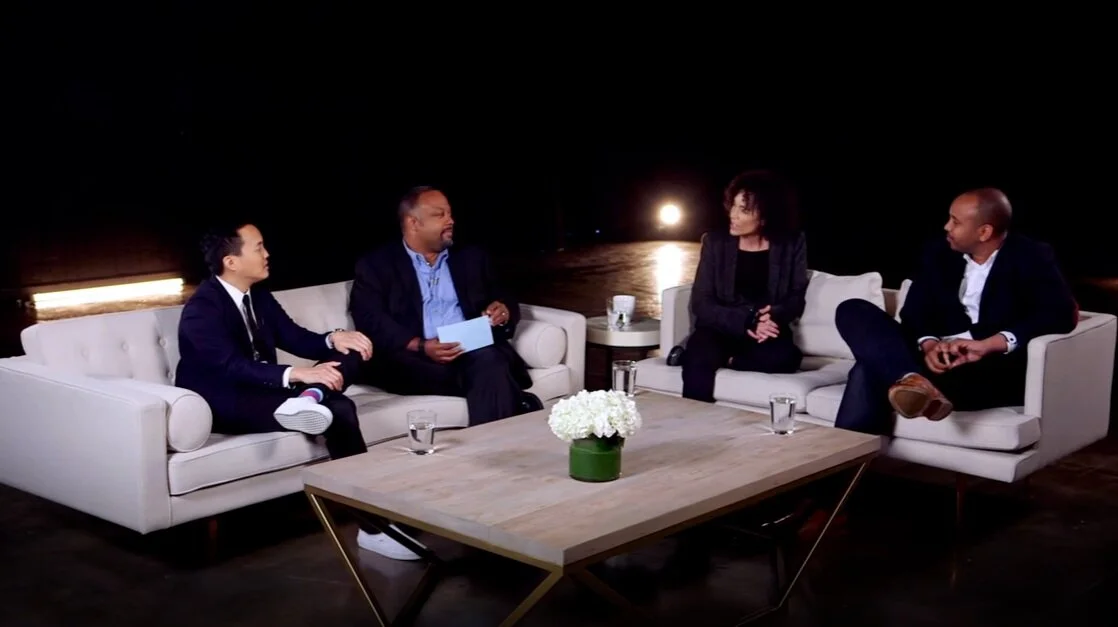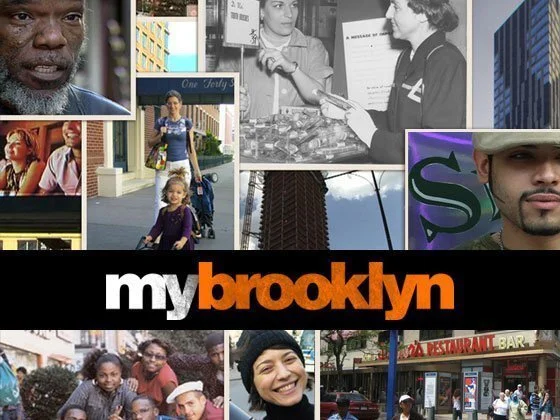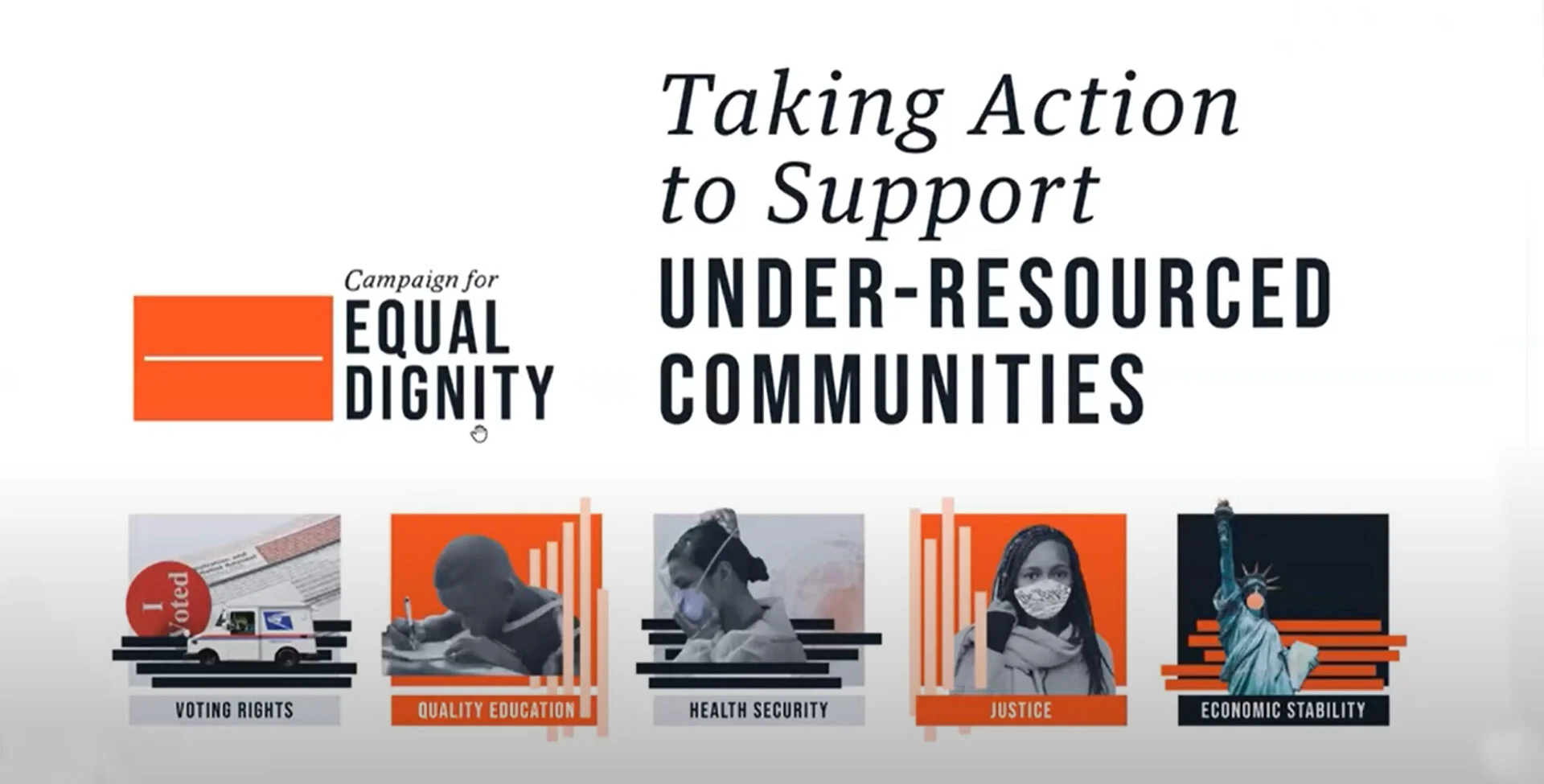ASD|SKY IDEA
(Inclusion; Diversity & Equity Advocates)
Creatives, designing a better future.
We seek knowledge and understanding that we can apply to ourselves, our collective culture, and greater communities to promote a more diverse, racially equitable, and inclusive future.
The statements below (from a series of sources) can be channeled as prompts as you listen, read, watch, and carry forward.
Martin Luther King, Jr.
Emphasize Intentions vs Impact
Continue to ask how our racism manifests, not if
Recognizing that addressing racism is not without effort
Build up our stamina to bear witness to the pain of racism that we cause, not to impose conditions that require people of color to continually validate our denial
Interrupting racism takes courage and intentionality
-- Robin DiAngelo (White Fragility)
Be an active ally
Listen to other people’s opinions and perspectives
Engage in difficult conversations
Don’t wait on others
Turn education into action
Challenge counterparts to stand up and have difficult conversations about racism
Stop denying your privilege
Include Black Designers and Architects as expert voices
Stop pushing Eurocentric design as the design blueprint
Partner with design organizations of color
Challenge others (reps, clients, etc.) to reach out more Black designers and architects in their region
Donate and support design organizations of color, such as NOMA: https://noma.net and BID Network: www.blackinteriordesignersnetwork.com
Black Interior Designers Network
Articles
Reflections from a token Black Friend . . .
I am regularly the only black kid in the photo. I have mastered the well-timed black joke, fit to induce a guilty “you thought it but couldn’t say it” laugh from my white peers. I know all the words to “Mr. Brightside” by the Killers.
I am a token black friend. The black one in the group of white people. This title is not at all a comment on the depth of my relationships; I certainly am blessed to have the friends that I do. But by all definitions of the term, I am in many ways its poster child. And given the many conversations occurring right now around systemic racism, it would feel wrong not to use my position as a respected friend within a multitude of different white communities to contribute to the current dialogue. I believe my story speaks directly to the covert nature of the new breed of racism — its structural side, along with implicit bias — and may prove helpful to many I know who seek a better understanding.
https://humanparts.medium.com/reflections-from-a-token-black-friend-2f1ea522d42d
97 Things White People can do for Racial Justice . . .
Full of great links and organizations.
https://medium.com/equality-includes-you/what-white-people-can-do-for-racial-justice-f2d18b0e0234
What is intersectionality and what does it have to do with me?. . .
Intersectionality, in particular, is a term that many people and organizations assert an importance for, but that others are unclear on. Understanding the terminology used in equity work is a useful tool for people expanding their knowledge on the issues they care about.
If you’ve ever scratched your head when a friend, colleague, or writer has spoken of intersectionality (or you’d like to deepen your understanding of the theory), this post is for you.
What is it and where does it come from? Intersectionality, n. The interconnected nature of social categorizations such as race, class, and gender, regarded as creating overlapping and interdependent systems of discrimination or disadvantage; a theoretical approach based on such a premise. (Oxford Dictionary)
https://www.ywboston.org/2017/03/what-is-intersectionality-and-what-does-it-have-to-do-with-me/
”White Privilege: Unpacking the Invisible Knapsack” . . .
by Knapsack Peggy McIntosh I think whites are carefully taught not to recognize white privilege, as males are taught not to recognize male privilege. So I have begun in an untutored way to ask what it is like to have white privilege. I have come to see white privilege as an invisible package of unearned assets that I can count on cashing in each day, but about which I was "meant" to remain oblivious. White privilege is like an invisible weightless knapsack of special provisions, maps, passports, codebooks, visas, clothes, tools , and blank checks.
http://convention.myacpa.org/houston2018/wp-content/uploads/2017/11/UnpackingTheKnapsack.pdf
“Black people are not here to teach you: What so many white Americans just can't grasp”. . .
Full of great links and organizations.
"How Studying Privilege Systems Can Strengthen Compassion" | Peggy McIntosh at TEDxTimberlaneSchools (18:26). . .
Peggy McIntosh lectures on issues of equity and privilege as they relate to race, class, gender, and sexual orientation. Her TED Talk offers a shift in the traditional view of race, equity and privilege. McIntosh uses her own experience as a white woman to inform her own knowledge of racial experiences from a white perspective.
https://www.youtube.com/watch?v=e-BY9UEewHw&feature=youtu.be
Black Feminism & the Movement for Black Lives: Barbara Smith, Reina Gossett, Charlene Carruthers (50:48) . . .
Black Feminism remains a foundational theory and practice guiding social justice movements for Black lives.
The 1619 Project. . .
The 1619 Project is a major initiative from The New York Times to correct the record, reframing the country's history by placing the consequences of slavery and the contributions of black Americans at the center of the national narrative.
https://www.nytimes.com/interactive/2019/08/14/magazine/1619-america-slavery.html
“11 Things You Can Do To Help Black Lives Matter End Police Violence”. . .
Simply put: There are things all of us can do to support Black Lives Matter and fight for racial justice, we just need to go out and do it. Here are a few good places to start.
https://www.teenvogue.com/story/support-the-black-lives-matter-movement
The Case for Reparations by Ta-Nehisi Coates. The US has already participated in reparations four times. . . .
How Racism Invented Race in America. The case for reparations: a narrative bibliography. Ta-Nehisi Coates.
https://www.theatlantic.com/magazine/archive/2014/06/the-case-for-reparations/361631/
Van Jones’ short and to-the-point article about the racial biases of reporters.. . .
Repeatedly, reporters refer to white victims clinging to life as “survivors” and “residents,” while African-American victims doing the same things are called “looters” and “criminals.” Disproportionately, the humanizing, “heart-breaker” stories feature white victims and families. Meanwhile, images of African-American crowds are almost invariably in the background during discussions of “criminal activity.”
https://www.huffpost.com/entry/black-people-loot-food-wh_b_6614
Photos reveal media’s softer tone on opioid crisis . . .
Discussing how media coverage of the opioid epidemic — which largely affects suburban and rural whites — portrays it as an outside threat and focuses on treatment and recovery, while stories of heroin in the 1970s, crack-cocaine in the 1980s, and other drug problems that impact urban people of color today have focused on the drug user’s morality.
Books
Listen
Watch
How Dolly Parton Led me to an Epiphany
Support
Teach
Articles
Your Kids Aren't Too Young to Talk About Race: Resource Roundup from Pretty Good
The Conscious Kid: follow them on Instagram and consider signing up for their Patreon





































